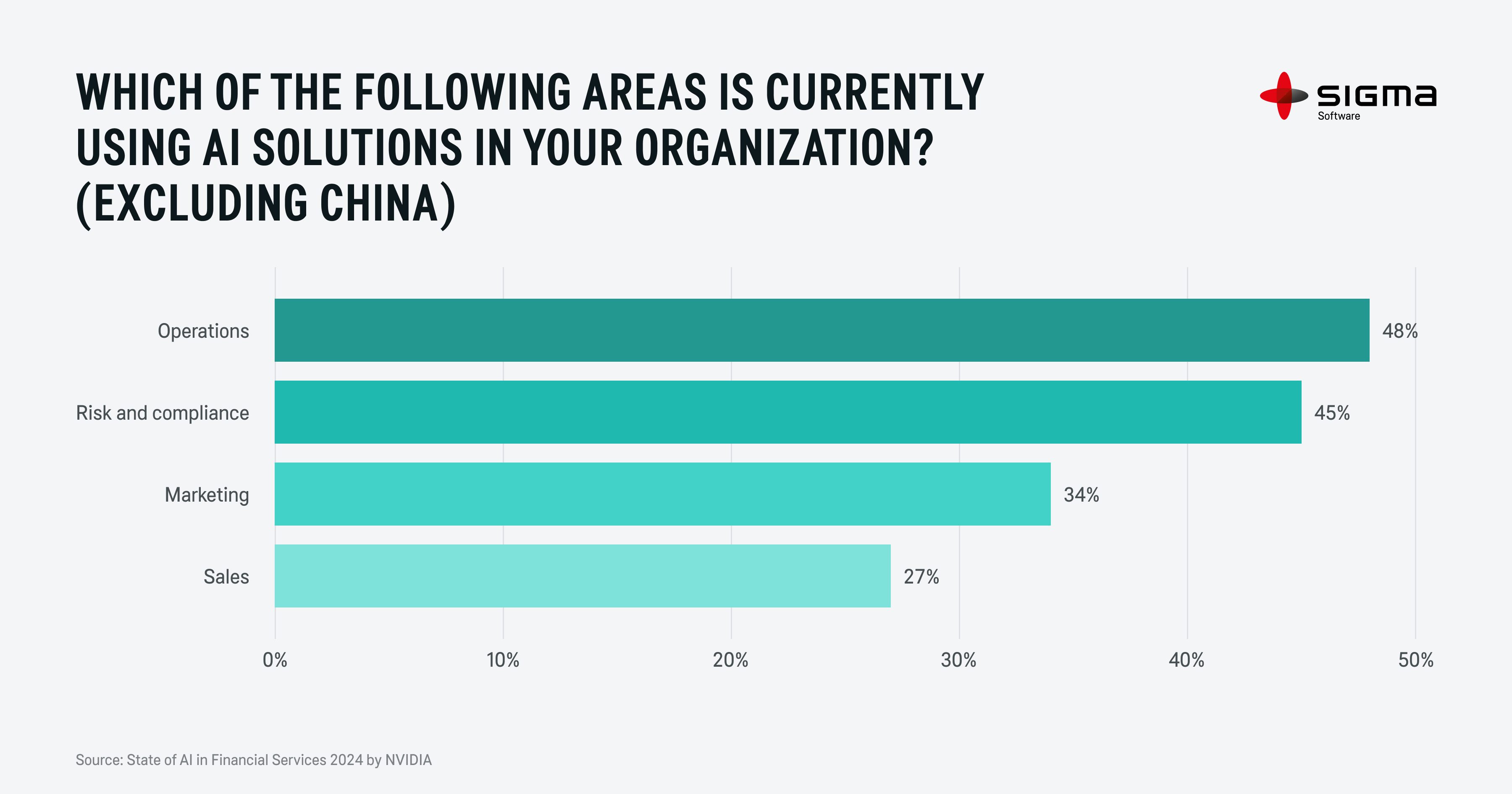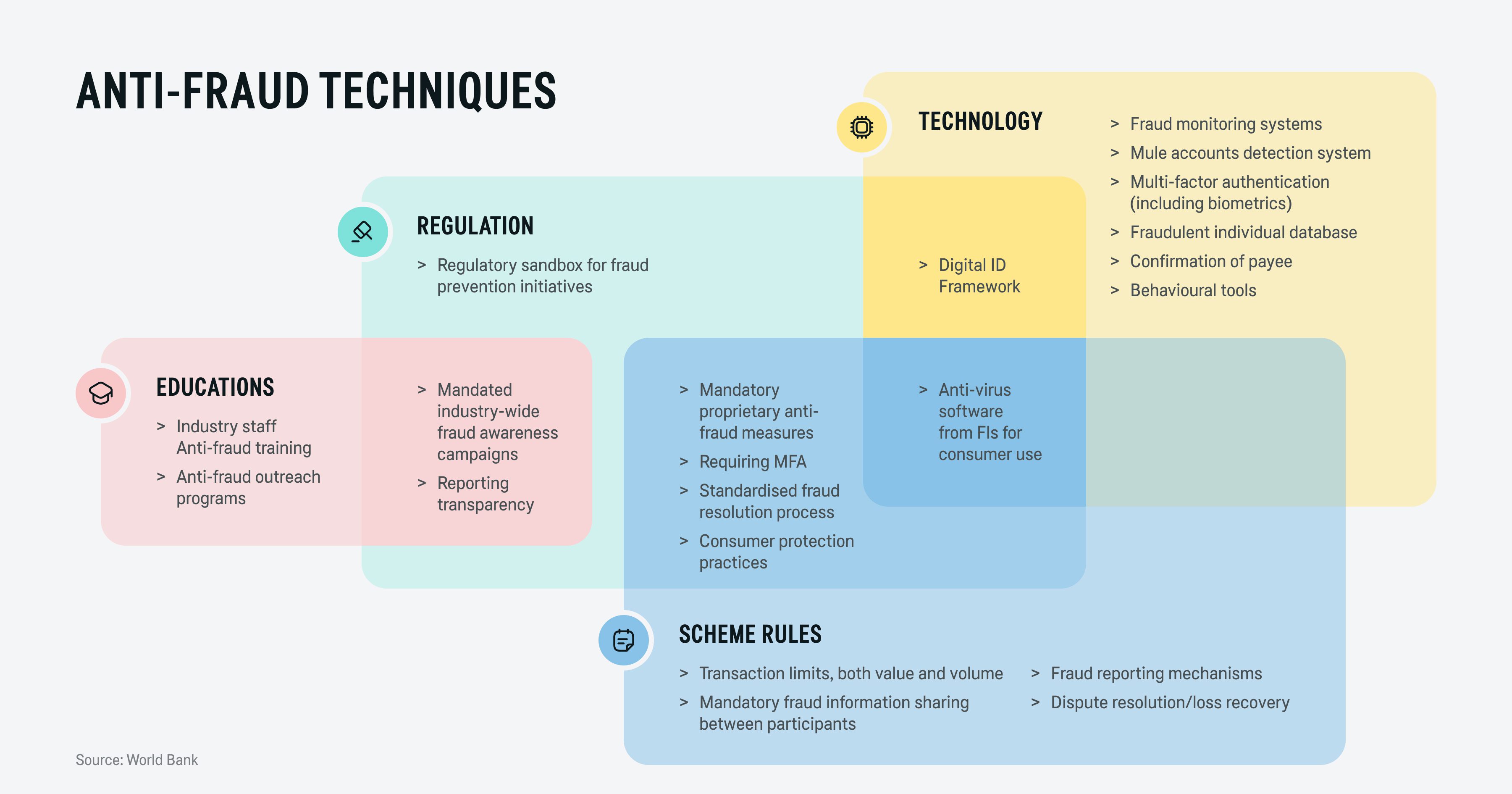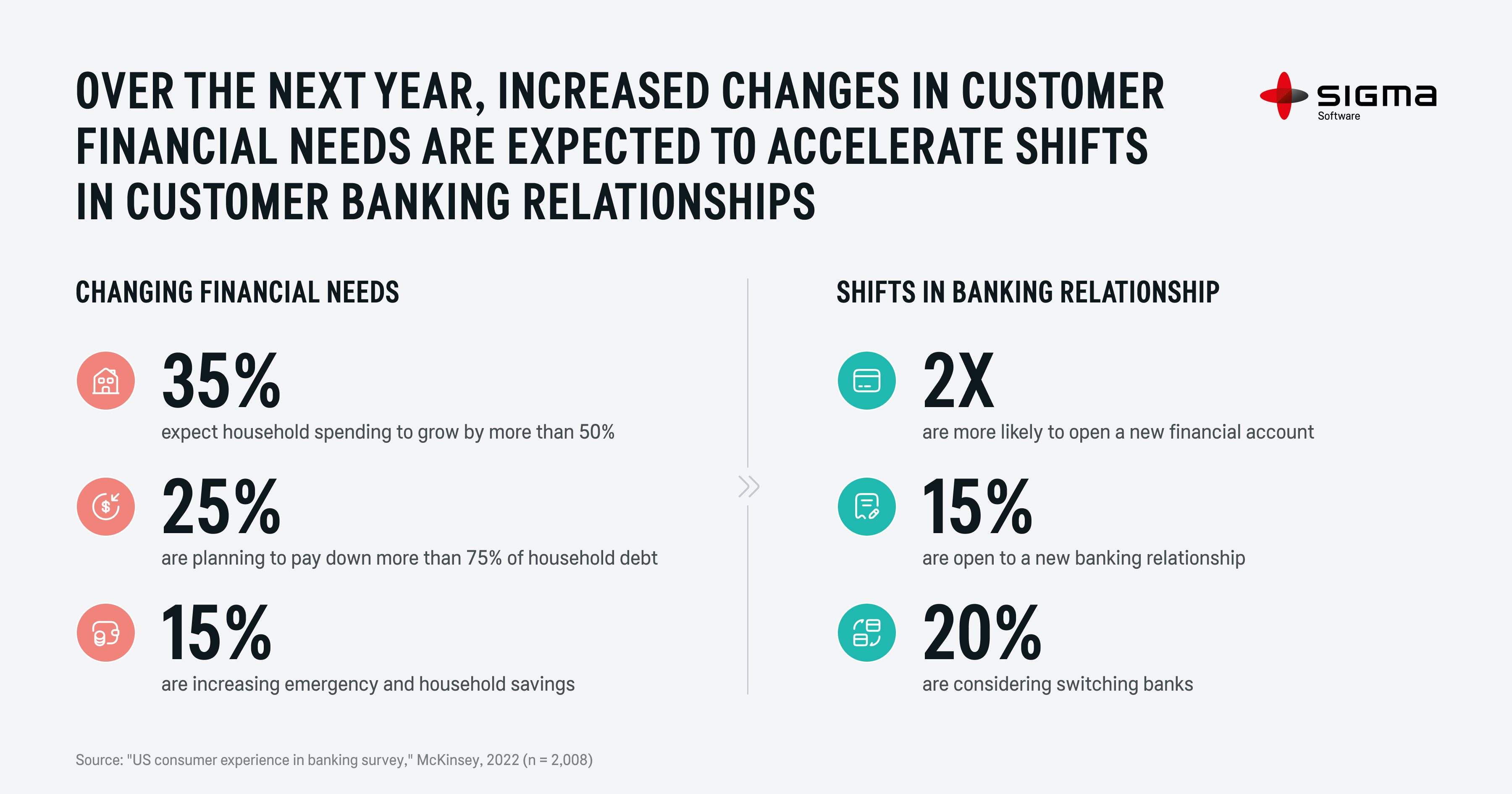The AI Revolution in Finance Reaches a Critical Juncture
Real-time Payments Require Real-time Action
Open Banking and Embedded Finance Open Opportunities Galore
Time to Redraw Customer Journeys for ‘Lifestyle Banking’
Customer-driven Product Development Sets the Path to Profitability
Digital Excellence Requires Process Excellence
Align Your Infrastructure with New Regulations
One Last Crypto-penny for Your Thought: the Bond with Blockchain






























